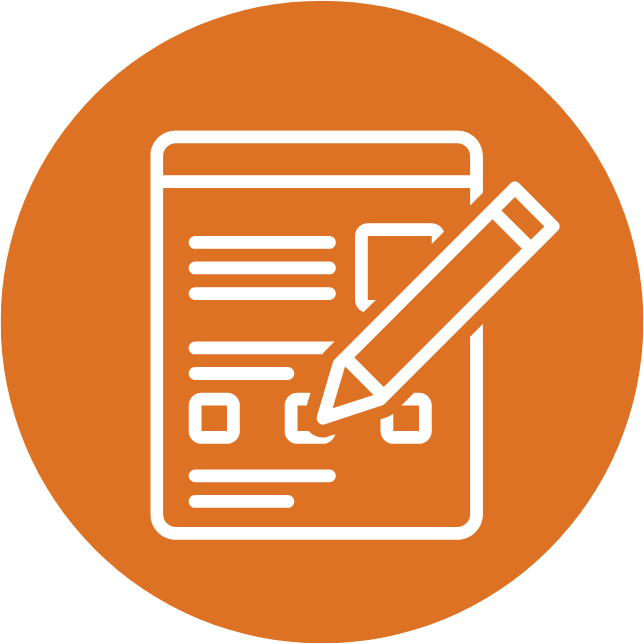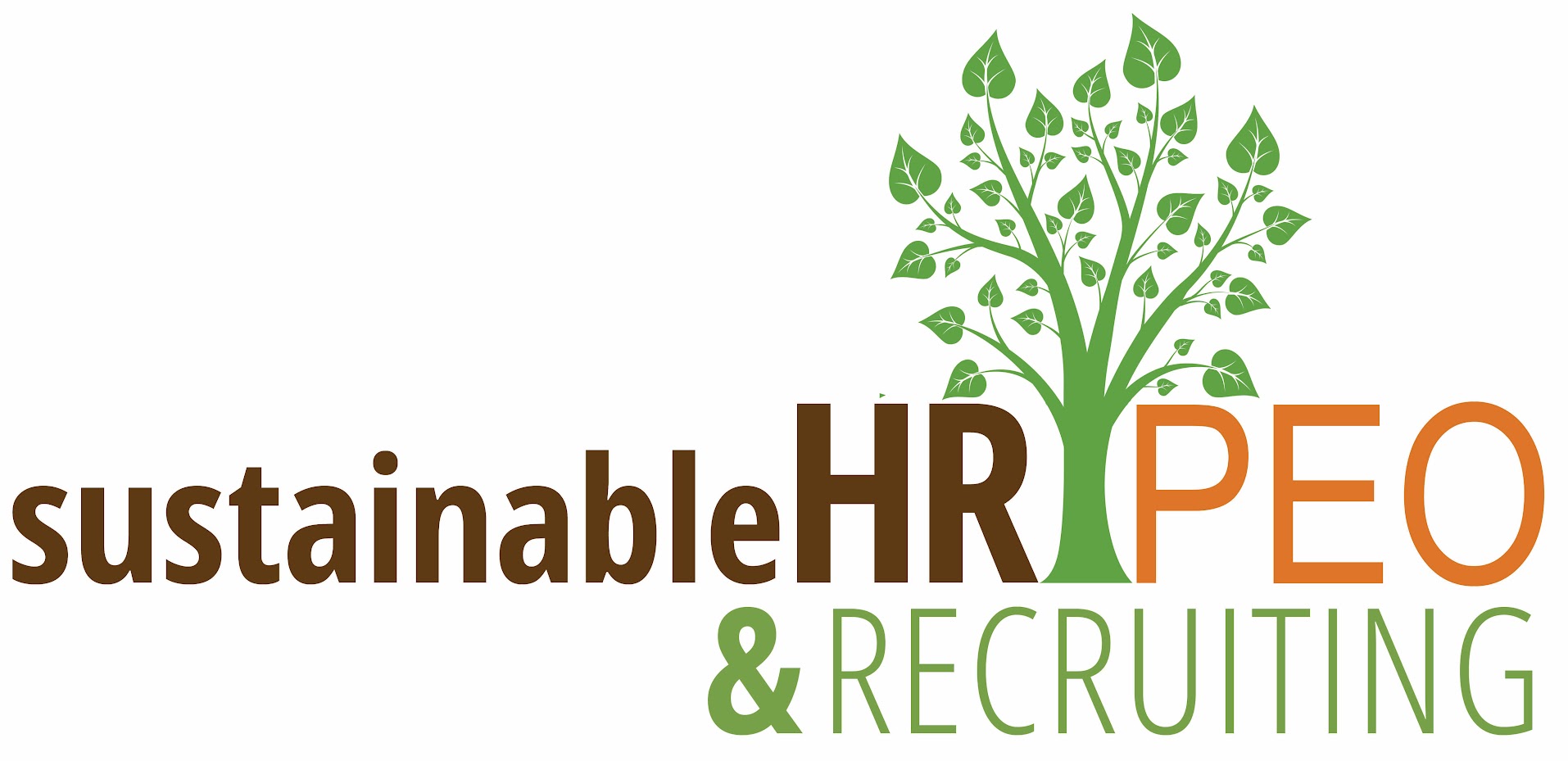Employee Onboarding Process: Free Guide
A great employee onboarding program has been proven to increase employee retention and engagement. Use this free guide to improve your employee onboarding process.
Most Employees Know Within the First 10 Days Whether or Not They Will Stay With Your Company
Onboarding is the most important part of the employee lifecycle. Make a great first impression by making the process thorough and fun. What does a great onboarding program entail? Grab this free guide to find out.
The Free Employee Onboarding Process Guide Includes Instructions for the Most Important Parts of Onboarding:

Education and Training

Assimilation and Socialization
By using this guide, you will:
- Decrease employee turnover
- Increase new hire productivity
- Improve hiring manager satisfaction
- Improve employee engagement
- Streamline your processes
- Save time and money

More About This Guide
How do you handle employee onboarding at your company?
When new hires arrive for their first day, are you fully prepared with all they need, or are you rushing around at the last minute gathering paperwork, keys, and a spare desk?
A structured employee onboarding process not only makes those initial days smoother but has also been shown to:
- Decrease employee turnover
- Increase new hire productivity
- Improve hiring manager satisfaction
Discover the benefits of a well-organized onboarding approach and how you can implement an effective onboarding process for your business.
FAQs
Why should we invest in employee onboarding?
What are some of the benefits of a formalized employee onboarding process?
How will this guide help me to drive business results?
What a Professional Employer Organization Does For You
Outsourced HR
Manage administrative and personnel issues with employees.
Compliance
Monitor employment regulations and navigate compliance laws.
Payroll
Process paychecks and direct deposits, file payroll taxes and prepare returns.
Benefits
Provide a wide range of insurance offerings and uspport your chosen benefits.
Training / Performance
Employee and manager training and create performance evaluation systems.
Consulting
Compensation management, workforce planning, and recruitment.
Ready to Improve Your Onboarding Process for Higher Retention?
Download the Free Guide Here

